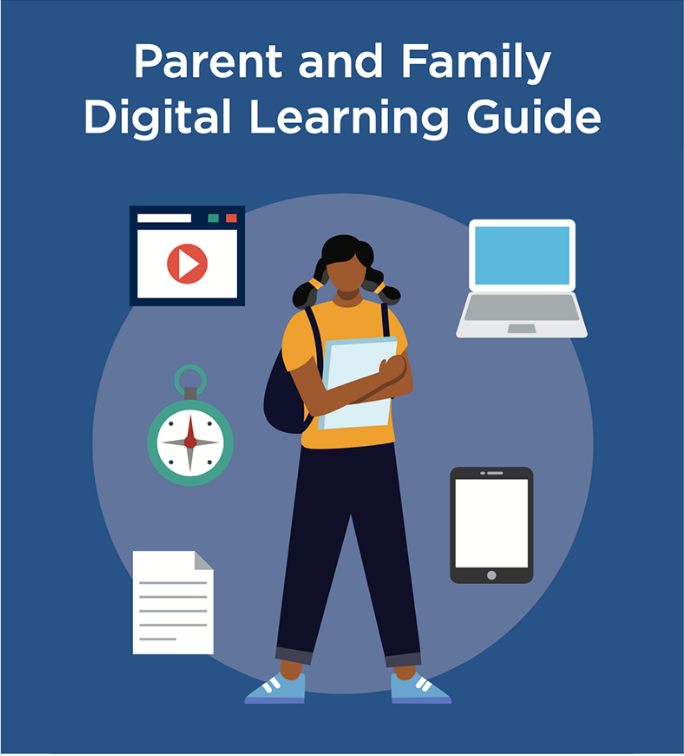
Resources for Virtual Instruction and Online Learning [web resource]
Online professional learning resources are designed to be engaging and practical across a variety of contexts and roles. You deserve a differentiated experience just as much as your students do. Read more >>











